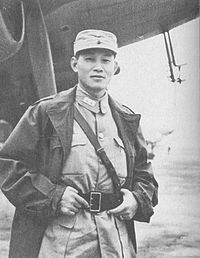
Joseph Warren "Vinegar Joe" Stilwell was a United States Army general who served in the China Burma India Theater during World War II. An early American popular hero of the war for leading a column walking out of Burma pursued by the victorious Imperial Japanese Armed Forces, his implacable demands for units debilitated by disease to be sent into heavy combat resulted in Merrill's Marauders becoming disenchanted with him. Infuriated by the 1944 fall of Changsha to a Japanese offensive, Stilwell threatened the Chinese Nationalist leader, Chiang Kai-shek, that lend-lease aid to China would be cut off, which made Ambassador Patrick J. Hurley decide that Stilwell had to be replaced. Chiang had been intent on keeping Lend-Lease supplies to fight the Chinese Communist Party, but Stilwell had been obeying his instructions to get the Communists and the Nationalists to co-operate against Japan.

The Cairo Conference also known as the First Cairo Conference, was one of the 14 summit meetings during World War II that occurred on November 22–26, 1943. The Conference was held at Cairo in Egypt between China, the United Kingdom and the United States. It outlined the Allied position against the Empire of Japan during World War II and made decisions about post-war Asia. The conference was attended by Chairman Chiang Kai-shek, British Prime Minister Winston Churchill and US President Franklin D. Roosevelt.
Supreme Allied Commander is the title held by the most senior commander within certain multinational military alliances. It originated as a term used by the Allies during World War I, and is currently used only within NATO for Supreme Allied Commander Europe and Supreme Allied Commander Transformation.
The 11th Army Group was the main British Army force in Southeast Asia during the Second World War. Although a nominally British formation, it also included large numbers of troops and formations from the British Indian Army and from British African colonies, and also Nationalist Chinese and United States units.

Sun Li-jen was a Chinese Nationalist (KMT) general, a graduate of Virginia Military Institute in the United States, best known for his leadership in the Second Sino-Japanese War and the Chinese Civil War. His military achievements earned him the laudatory nickname "Rommel of the East". His New First Army was known as the "Best Army under heaven" and credited with effectively confronting Japanese troops in the 1937 Battle of Shanghai and in the Burma Campaign, 1943–1944.

The Northern Combat Area Command (NCAC) was a subcommand of the Allied South East Asia Command (SEAC) during World War II. It controlled Allied ground operations in northern Burma. For most of its existence, NCAC was commanded by United States Army General Joseph "Vinegar Joe" Stilwell. In 1945 after Stilwell was recalled, his deputy, Lieutenant General Daniel Sultan, was promoted to and assumed command.

The Burma campaign was a series of battles fought in the British colony of Burma. It was part of the South-East Asian theatre of World War II and primarily involved forces of the Allies against the invading forces of the Empire of Japan. Imperial Japan was supported by the Thai Phayap Army, as well as two collaborationist independence movements and armies. Nominally independent puppet states were established in the conquered areas and some territories were annexed by Thailand. In 1942 and 1943, the international Allied force in British India launched several failed offensives to retake lost territories. Fighting intensified in 1944, and British Empire forces peaked at around 1 million land and air forces. These forces were drawn primarily from British India, with British Army forces, 100,000 East and West African colonial troops, and smaller numbers of land and air forces from several other Dominions and Colonies. These additional forces allowed the Allied recapture of Burma in 1945.

The South-East Asian Theatre of World War II consisted of the campaigns of the Pacific War in the Philippines, Thailand, Indonesia, Indochina, Burma, India, Malaya and Singapore between 1941 and 1945.
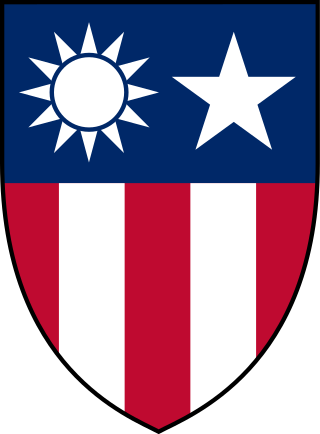
China Burma India Theater (CBI) was the United States military designation during World War II for the China and Southeast Asian or India–Burma (IBT) theaters. Operational command of Allied forces in the CBI was officially the responsibility of the Supreme Commanders for South East Asia or China. In practice, U.S. forces were usually overseen by General Joseph Stilwell, the Deputy Allied Commander in China; the term "CBI" was significant in logistical, material and personnel matters; it was and is commonly used within the US for these theaters.
Battle of Yunnan-Burma Road was the name of the Chinese intervention to aid their British allies in the 1942 Burma Campaign. Its forces were composed of the Fifth, Sixth and Sixty-sixth Army under the command of the Chinese Expeditionary Force in Burma, commanded by Lt. General Joseph Stilwell, Lt. General Luo Zhuoying was his executive officer.

Battle of Northern Burma and Western Yunnan was the name of the Chinese campaign with their allies in the 1943–45 Burma Campaign. The campaign ended in an Allied victory.
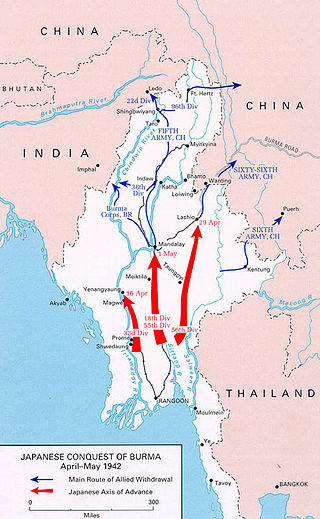
The Battle of Yenangyaung was fought in Burma, now Myanmar, from 16–19 April 1942. Part of the Burma Campaign of World War II, the battle was fought between Chinese and British allied forces on one side, and Japanese forces on the other. The battle took place in the vicinity of Yenangyaung and its oil fields.

The Chinese Expeditionary Force was an expeditionary unit of China's National Revolutionary Army that was dispatched to Burma and India in support of the Allied efforts against the Imperial Japanese Army during the Japanese invasion and occupation of Burma in the South-East Asian theatre of the Second World War.

The Japanese invasion of Burma was the opening phase of the Burma campaign in the South-East Asian theatre of World War II, which took place over four years from 1942 to 1945. During the first year of the campaign, the Japanese Army drove British Empire and Chinese forces out of Burma, then began the Japanese occupation of Burma and formed a nominally independent Burmese administrative government.

The Burma campaign in the South-East Asian Theatre of World War II took place over four years from 1942 to 1945. During the first year of the campaign, the Imperial Japanese Army with aid from Burmese insurgents had driven British forces and Chinese forces out of Burma, and occupied most of the country. From May to December 1942, most active campaigning ceased as the monsoon rains made tactical movement almost impossible in the forested and mountainous border between India and Burma, and both the Allies and Japanese faced severe logistical constraints.

The fighting in the Burma campaign in 1944 was among the most severe in the South-East Asian Theatre of World War II. It took place along the borders between Burma and India, and Burma and China, and involved the British Commonwealth, Chinese and United States forces, against the forces of Imperial Japan and the Indian National Army. British Commonwealth land forces were drawn primarily from the United Kingdom, British India and Africa.
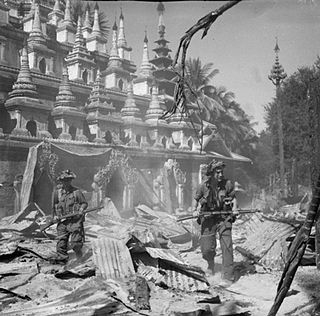
The Burma campaign in the South-East Asian Theatre of World War II was fought primarily by British Commonwealth, Chinese and United States forces against the forces of Imperial Japan, who were assisted by the Burmese National Army, the Indian National Army, and to some degree by Thailand. The British Commonwealth land forces were drawn primarily from the United Kingdom, British India and Africa.
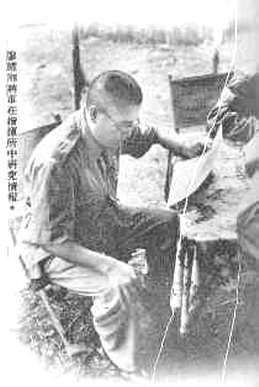
Liao Yiaoxiang, was a high-ranking Kuomintang commander who successful fought against both the Imperial Japanese Army and Chinese Communist forces. Apart from General Sun Liren, he was one of the few Nationalist commanders who graduated from a military academy in the West. After the end of the Second Sino-Japanese War, he served as a field commander in Manchuria until his capture by Marshal Lin Biao's Manchurian Field Army in the Liaoshen Campaign. General Liao was held for 12 years as a prisoner of war until 1961 and died seven years later during the Cultural Revolution.
Y Force was the South East Asia Command designation given to Chinese National Revolutionary Army forces that re-entered Burma from Yunnan in 1944 as one of the Allies fighting in Burma Campaign of World War II. It consisted of 175,000 troops divided into 15 divisions.

The siege of Myitkyina was an engagement during the Burma campaign of World War II. The Allied victory was part of the larger Battle of Northern Burma and Western Yunnan which succeeded in opening the Ledo Road.
